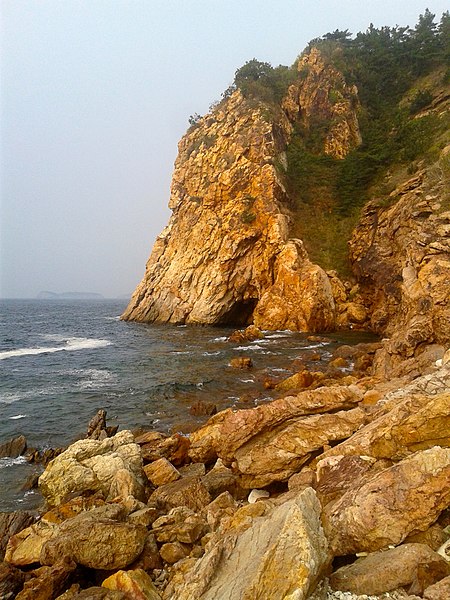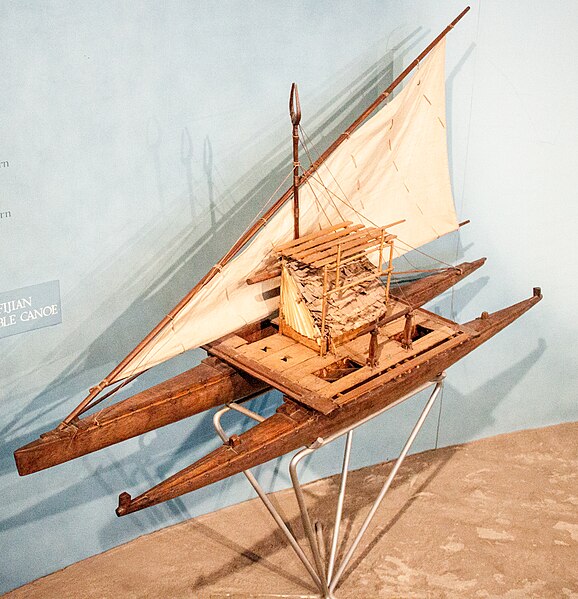The Yellow Sea, also known as North Sea, is a marginal sea of the Western Pacific Ocean located between mainland China and the Korean Peninsula, and can be considered the northwestern part of the East China Sea. It is one of four seas named after common colour terms, and its name is descriptive of the golden-yellow color of the silt-ridden water discharged from major rivers.
Brown sediment spills out into the Yellow Sea from rivers in eastern China and Korea. The nutrients in the sediment may be responsible for the bloom of phytoplankton seen as blue-green swirls.
Waves crashing at Jeju Province island
Satellite image of a dust storm over the Yellow sea on 2 March 2008
Rocky shore in Dalian, Liaoning, China
The Pacific Ocean is the largest and deepest of Earth's five oceanic divisions. It extends from the Arctic Ocean in the north to the Southern Ocean in the south, and is bounded by the continents of Asia and Australia in the west and the Americas in the east.
The Pacific Ocean, photograph taken from space by the GOES-18 spacecraft in September 2023
Model of a Fijian drua, an example of an Austronesian vessel with a double-canoe (catamaran) hull and a crab claw sail
The bathyscaphe Trieste before her record dive to the bottom of the Mariana Trench, 23 January 1960
Abel Aubert du Petit-Thouars taking over Tahiti on 9 September 1842








